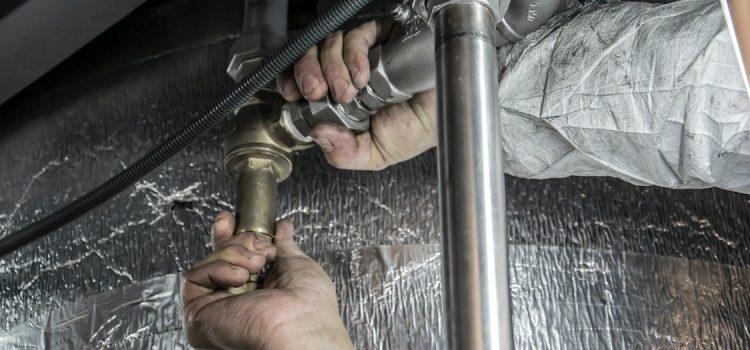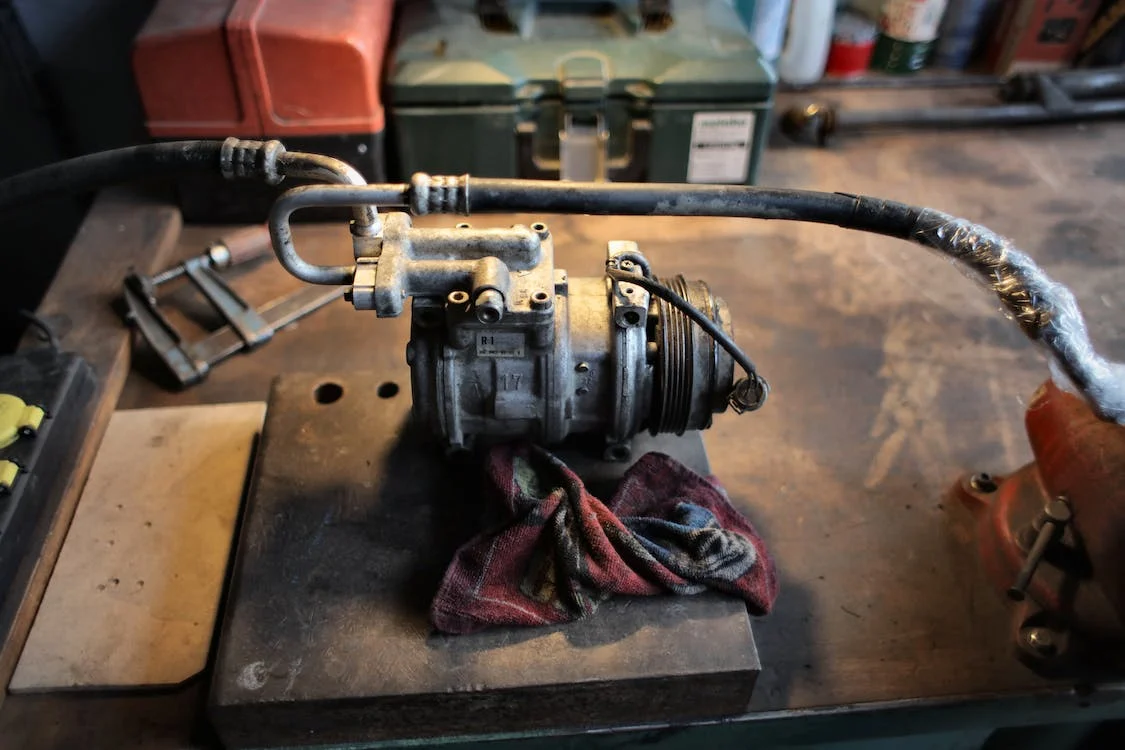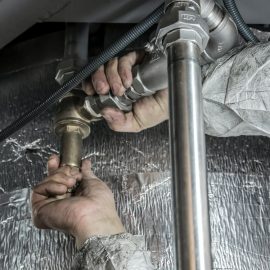
Whether you’re a seasoned DIY enthusiast or a professional in the plumbing and electrical fields, understanding the art of creating flanges on tubes is a valuable skill. Flanges not only provide structural support but also play a crucial role in connecting and sealing components. In this comprehensive guide, we’ll delve into the intricacies of crafting precise flanges on tubes, empowering you to elevate your plumbing and electrical projects.
The Importance of Flanges in Plumbing and Electrical Work
Enhancing Structural Integrity
Flanges serve as reinforcements, enhancing the overall structural integrity of tubes. By distributing stress and preventing flexing, flanges contribute to the longevity and reliability of plumbing and electrical systems. Understanding the principles of flange creation is essential for ensuring robust connections that withstand the test of time.
Facilitating Secure Connections
In both plumbing and electrical applications, secure connections are paramount. Flanges provide a stable platform for joining tubes, pipes, or conduits, minimizing the risk of leaks or electrical malfunctions. Mastering the art of creating flanges ensures that your connections are not only secure but also compliant with industry standards.
Tools of the Trade: What You Need

Tube Cutter for Precision
Before diving into flange creation, a reliable tube cutter is a must. Achieving precision in tube length is crucial for seamless flange integration. Whether you’re working with metal or PVC tubes, a quality tube cutter ensures clean and accurate cuts, setting the stage for effective flange formation.
Flaring Tool for Seamless Flanges
To create the flanges themselves, a flaring tool is indispensable. This tool allows you to shape the tube’s end into a flange, providing the necessary surface for connections. Choose a flaring tool that suits the diameter and material of your tubes, ensuring consistent and well-formed flanges.
Steps to Mastering Flange Creation
Step 1: Accurate Tube Measurement
Begin by accurately measuring the tube length using the tube cutter. Precision at this stage is critical for creating flanges that fit seamlessly into your plumbing or electrical system.
Step 2: Clean Tube Ends
Before flaring, ensure that the tube ends are clean and free from debris. Use a deburring tool or sandpaper to remove any rough edges that might compromise the quality of the flanges.
Step 3: Flaring Process
Place the tube into the flaring tool, adjusting it according to the desired flange size. Execute the flaring process with precision, gradually expanding the tube end to create a well-defined flange.
Step 4: Inspection and Testing
Once the flanges are formed, inspect them for consistency and uniformity. Conduct pressure or continuity tests in accordance with the specific requirements of your plumbing or electrical project.
Advantages of Mastering Flange Creation
Customization for Project Specifics
By mastering the art of creating flanges on tubes, you gain the ability to customize your connections based on the unique requirements of each project. Tailoring flanges to fit specific tubes and systems ensures optimal performance and reliability.
Cost-Efficiency in DIY Projects
For DIY enthusiasts, mastering flange creation brings cost-efficiency to projects. Instead of relying on pre-made flanges, you can cut and flare tubes as needed, reducing the need for expensive pre-fabricated components.
Elevating Your Craft
Precision in Every Connection
As we conclude this guide on mastering the art of creating flanges on tubes for plumbing and electrical enthusiasts, remember that precision is key in every connection. By understanding the importance of flanges, having the right tools, and following the steps outlined, you can elevate your craft and ensure that your plumbing and electrical systems stand the test of time.
Feel free to share your thoughts in the comments below.



